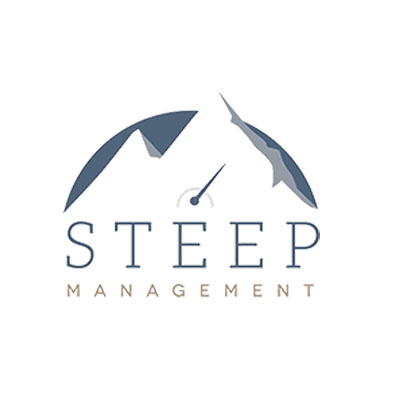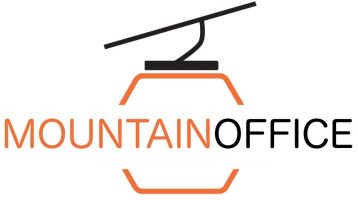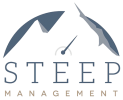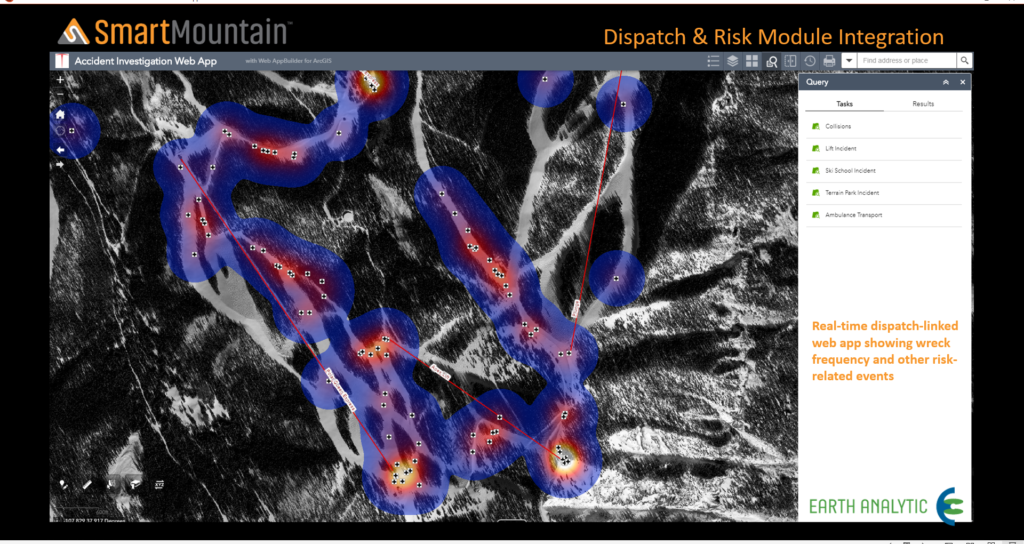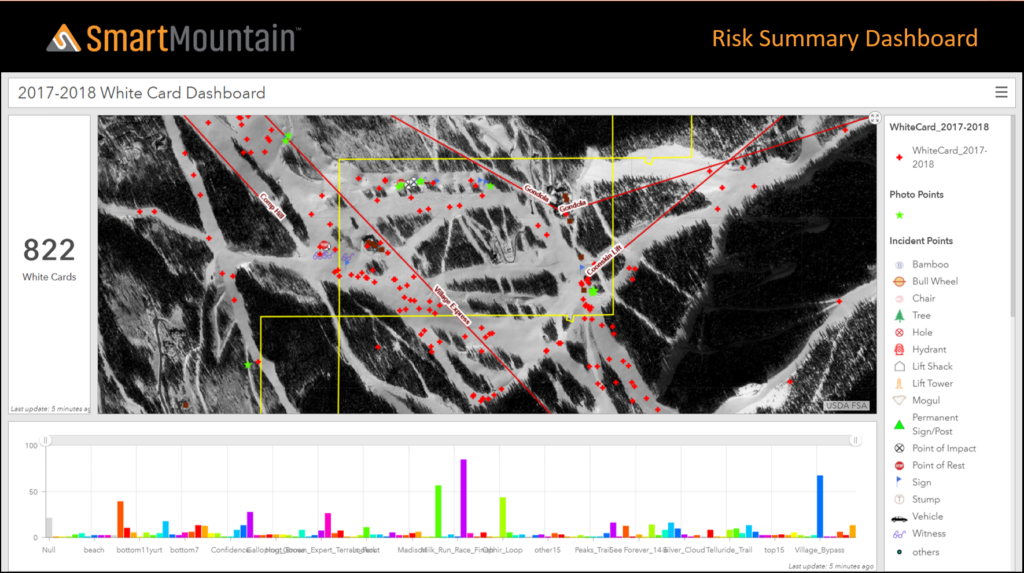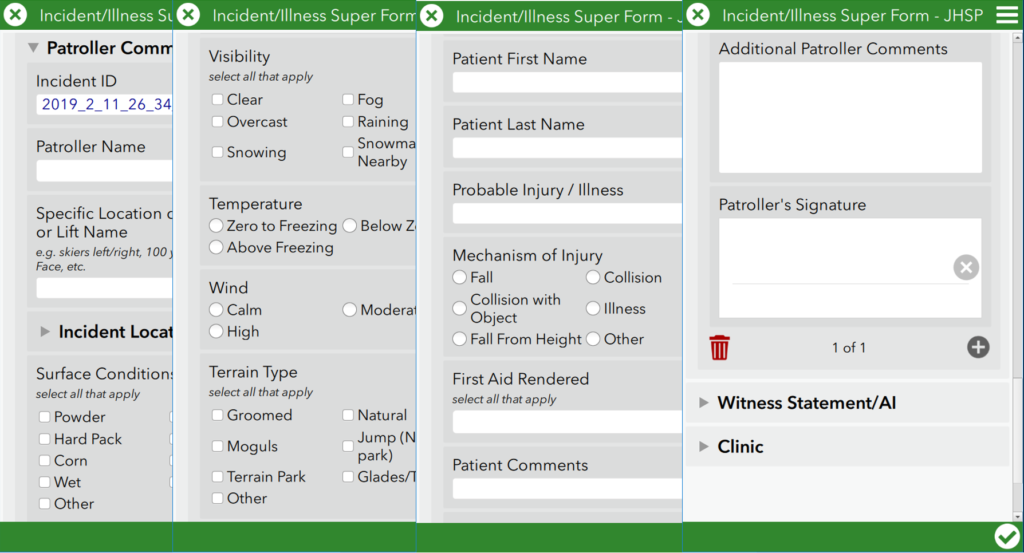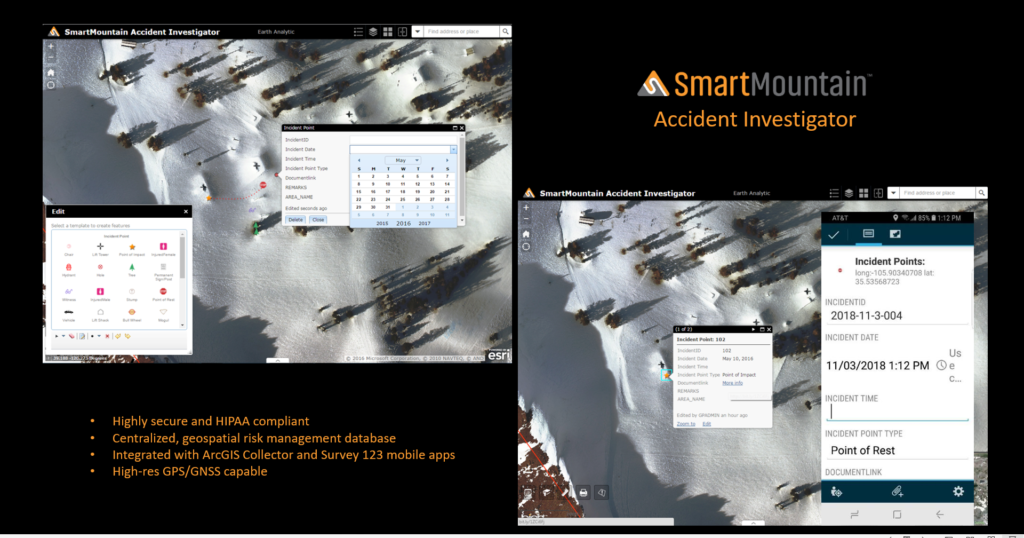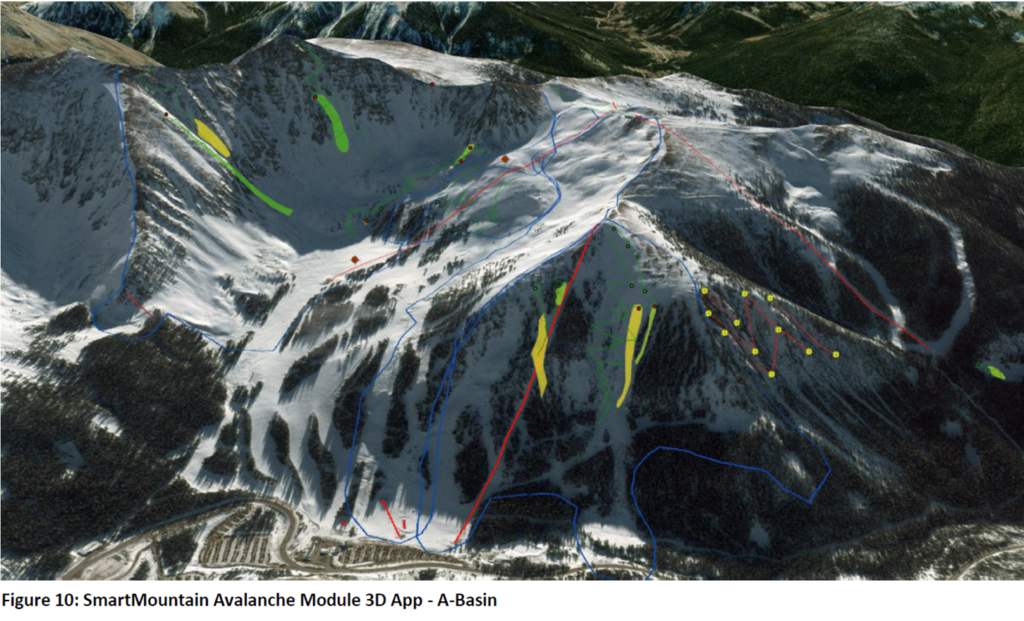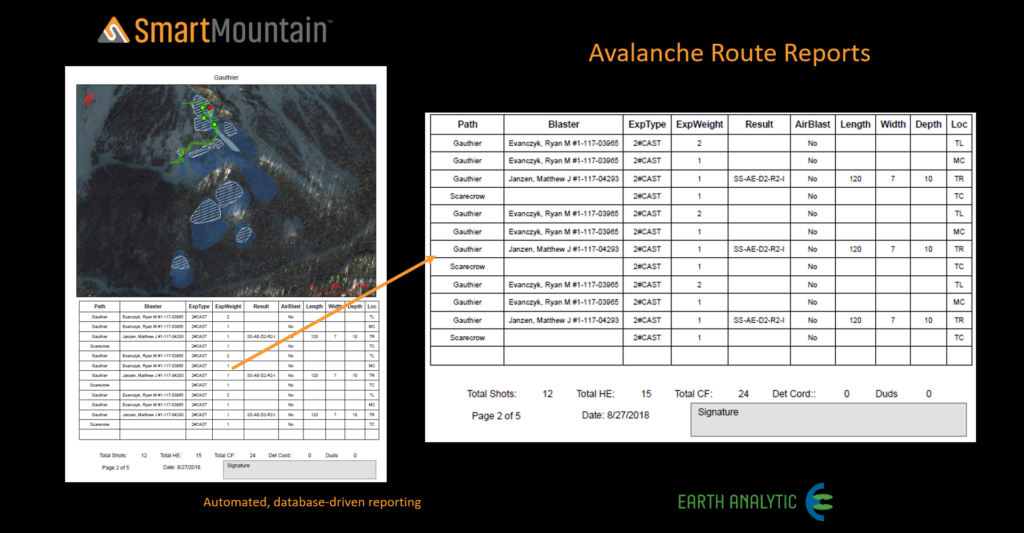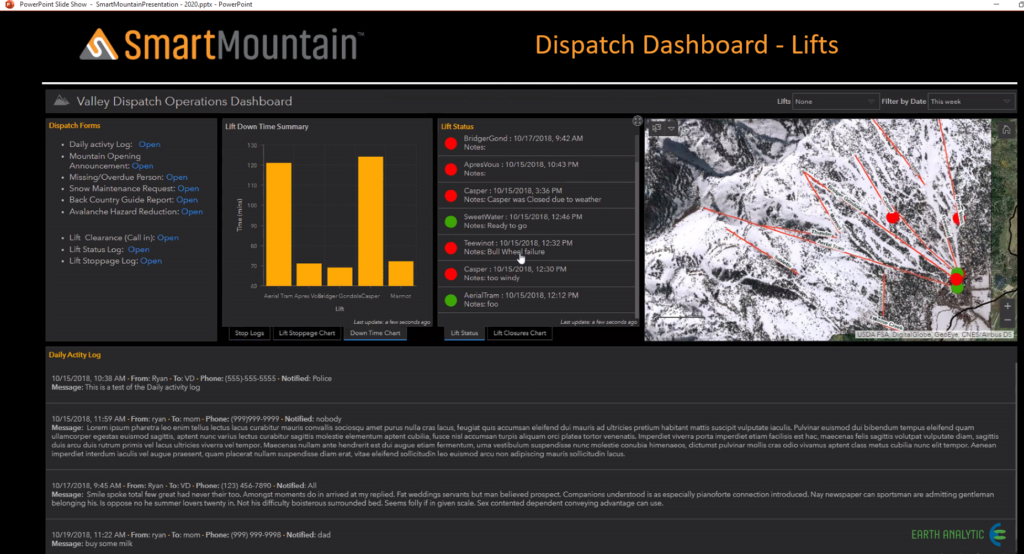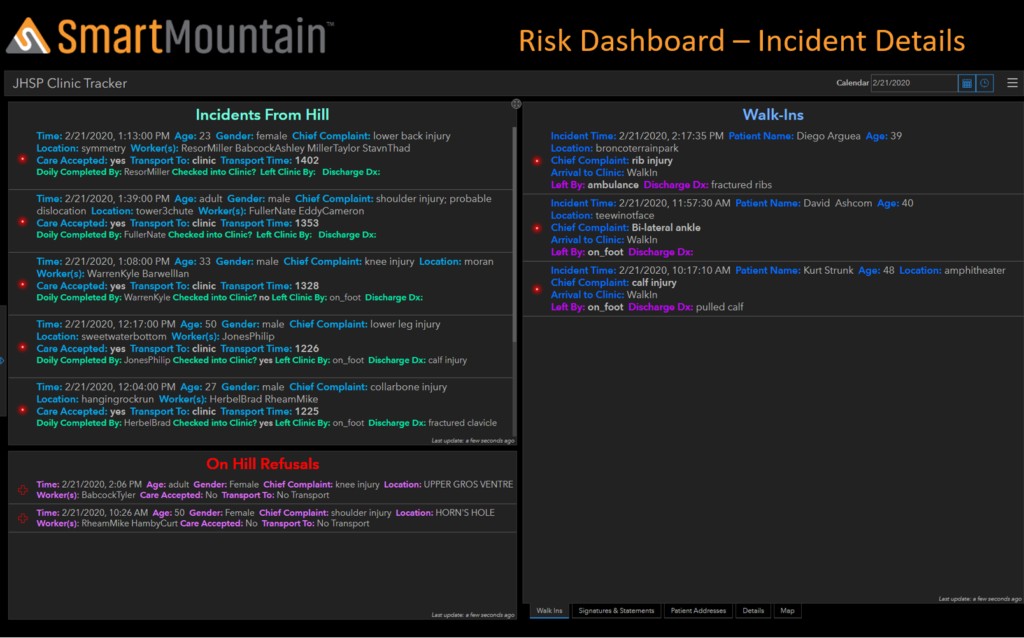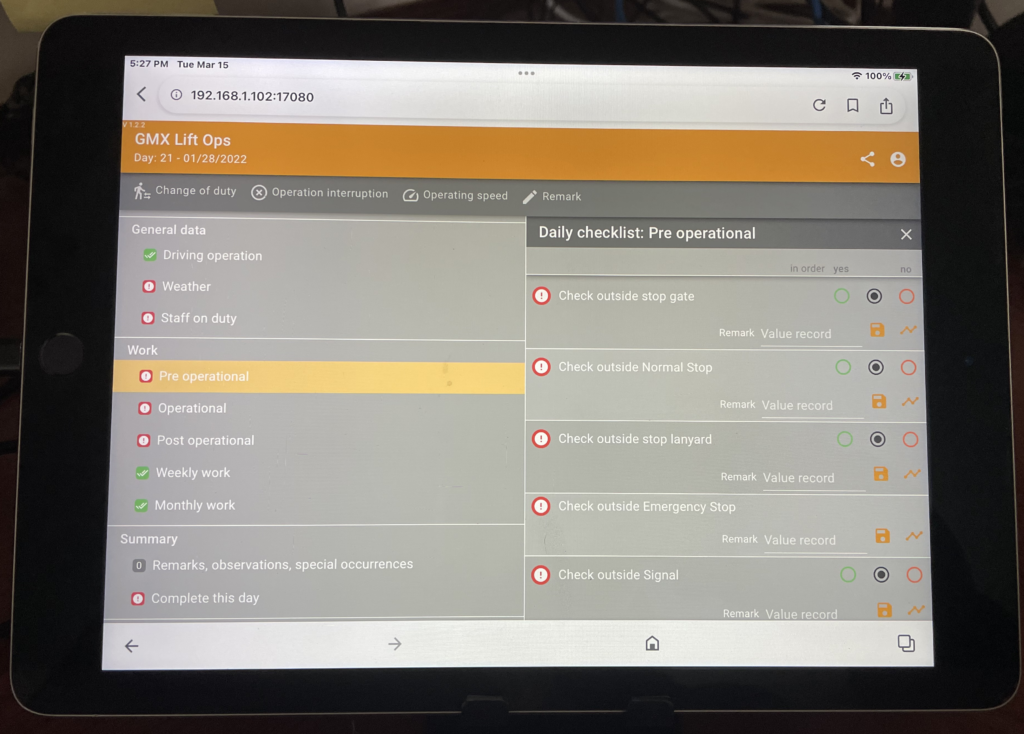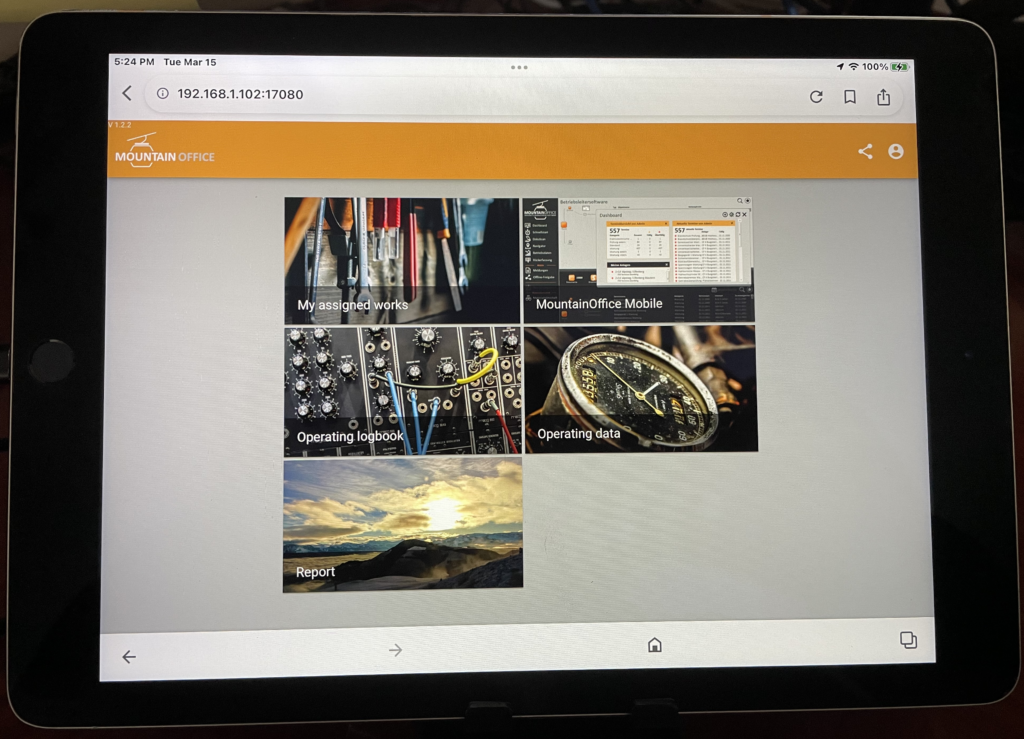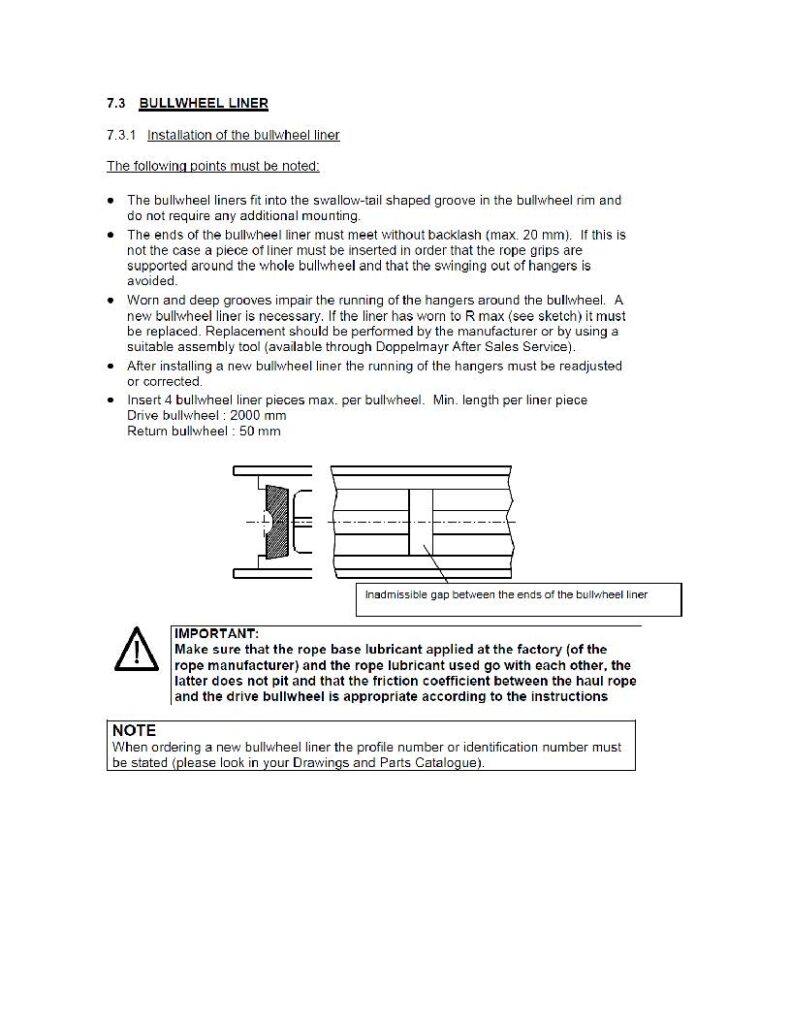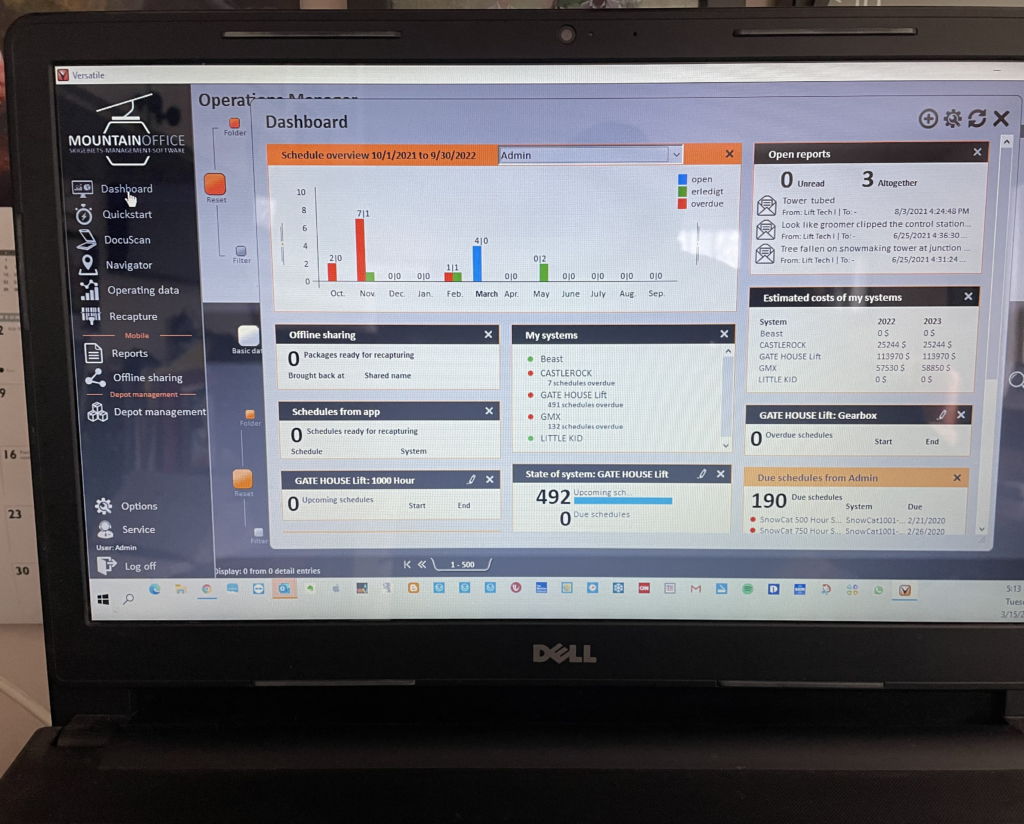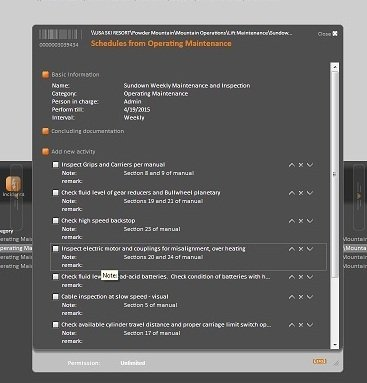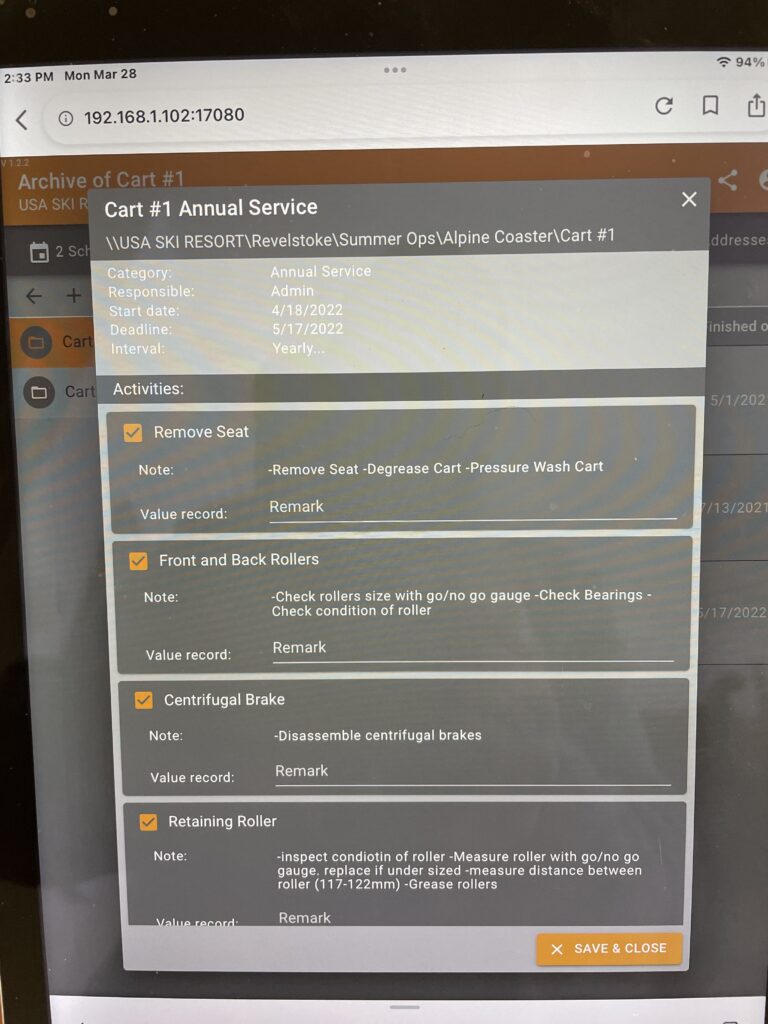 Being someone who promotes and sells digital products, I found this article from inductive Automation on What is Digital Transformation to be a perfect explanation for what taking the step from paper to digital means. The article puts things in perspective for any ski resort, no matter what stage you are in of your digital transformation.
Being someone who promotes and sells digital products, I found this article from inductive Automation on What is Digital Transformation to be a perfect explanation for what taking the step from paper to digital means. The article puts things in perspective for any ski resort, no matter what stage you are in of your digital transformation.
Most ski areas have taken the step to digital transformation for transactional processes like e-commerce, ticket selling, food and beverage, and hospitality (reservations and lodging). Many have not taken the step to digital in managing operational processes. Mountain operations is the area where this step forward has been slow to get traction for digitalization. The one exception is snowmaking. I would wager that 95% of ski areas with snowmaking utilize some form of digitalization to monitor and control their systems.
Stealing a couple of lines from the article to emphasize the point – “Everyone from international Fortune 500 enterprises to local mom-and-pop shops should be using Digital Transformation to remain competitive and relevant in today’s world. Anywhere there is a process in which people and machines coexist, Digital Transformation can be useful.” I know that mountain ops folks don’t relate to competition much, leave that to marketing, but the quality of the functions that mountain ops perform generate the guest experience, which is the most prominent element that drives visits. And, where do machines and people coexist in a ski area? Mountain operations.
The article puts the transformation in a realistic perspective, making it simple to understand and not be awed by the transition. I try to reassure my clients that they can ease into getting familiar with the system and how it works. As you gain comfort, you can take the next step and the next step again.
Steep Management’s products, MountainOffice and Smart Mountain, are at the front line of digital transformation because they are primarily process-oriented. However, they both collect essential data. Some ski areas have taken the next step to integrate their data collection with SCADA (supervisory control and data acquisition) technology collecting the data from their ski lifts and using the technology to assist in maintenance responses as well as taking the steps from preventive maintenance to predictive maintenance. I have seen where Ignition, an Inductive Automation product, has been used successfully.
The starting point is the process and then building to more artificial intelligence steps to analyze the data. If you don’t have the data, you won’t get the point of having enough data to help you be predictive in your maintenance and risk decisions.
I hope you read the article, embrace the thinking, and plan to take the next step.
